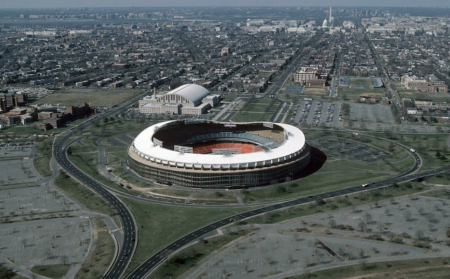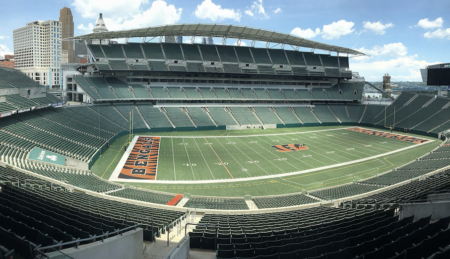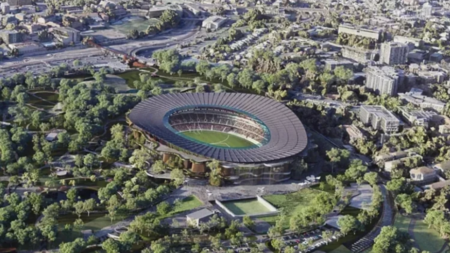Architectural firm 8 + 8 Concept Studio has released a series of renderings for an underwater tennis court in Dubai that features a transparent, curved glass roof designed to keep water out and allow players and spectators to see fish swimming above.
Designed by Krzysztof Kotala, owner of Warsaw-based 8 + 8 Concept Studio, the Polish architect is currently looking for investors to turn the unconventional idea into reality and believes it could have strong commercial potential. “This will be something original. It should be somewhere where there is a tradition of tennis. Dubai is the perfect place for this idea.”
However some engineers have warned that such a design could be prohibitively expensive and extremely difficult to realize. Sarah Fray, director of engineering and technical services at the Instituiton of Structural Engineers in London, told MailOnline that one of the biggest challenges would be to create a large span of glass to cover the court. She said this would have to be at least 108ft wide to accommodate the court and spectators.
Currently, flat panels of glass can be manufactured in single pieces around 32ft long but new machinery would have to be invented to make larger panes of curved glass, the type of which would be needed for the design.
“The more joints there are, the more likely it would leak,” Fray said. “The design would also need to be thought out in terms of how it would react to an impact. Any boat would have to be kept well clear and a dropped anchor would destroy it,” she warned, adding that the design would have to withstand earthquakes and tsunamis too.
“The technological challenges are big, but the human challenges are bigger,” she said, explaining that there would have to be a way for the structure to be connected to the surface and easily evacuate people in the event of an emergency.
However, she conceded that the arched shape of the underwater court is the best way of resisting pressure, the likes of which would be vast, particularly if the court was submerged at a decent depth beneath the waves.
“The arch is the right sort of structural shape but the challenge of making technology to create huge pieces of glass for a stadium event is enormous – and the glass would weigh possibly a hundred tons. It would also have to be incredibly thick to cope with the pressure exerted by the water.”
If funds were raised to build the arena it would be difficult to construct and would have to be built ‘wet’, she explained. “You’d have to construct a watertight base, sit the glass on top and seal it and then pump the water out.”
Ms Fray said that while getting the court into position there would be feasible, constructing and moving the materials above the waves would be a monumental challenge and cost an incredible amount of money. “I would be surprised if someone could afford to do this,” she said, adding, “It would make Wimbledon’s retracting roof quite cheap [in comparison]”.
There is also the question of whether, if built, the stadium would be any good for a game of tennis. “I don’t know if you could play tennis in it – there’s light refracting above and I don’t know how you’d control it,” she said. “I can’t imagine players not finding the fish distracting either.”
Will Stewart, a fellow of the Institution of Engineering and Technology (IET) said that the design may not appear as bright inside as the concept images suggest. He explained the glass would have to be many feet thicker at the edges than at the center of the arch, so views of the ocean would not be as bright as they are in the concept pictures.
“Water in general and seawater in particular is not colorless, meaning that the outside may look murky. Pure water is greeny blue, seawater varies but is more colored,” he told MailOnline.
“For this reason it gets dark quite quickly as you go down in the sea, so the depth of water would have to be more limited than the diagrams suggest if the court was not to be totally dark.”
May 15, 2015




